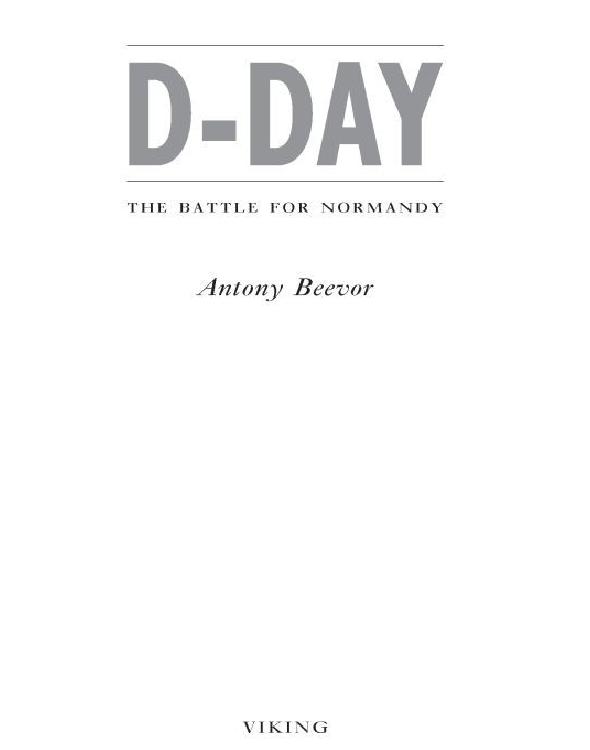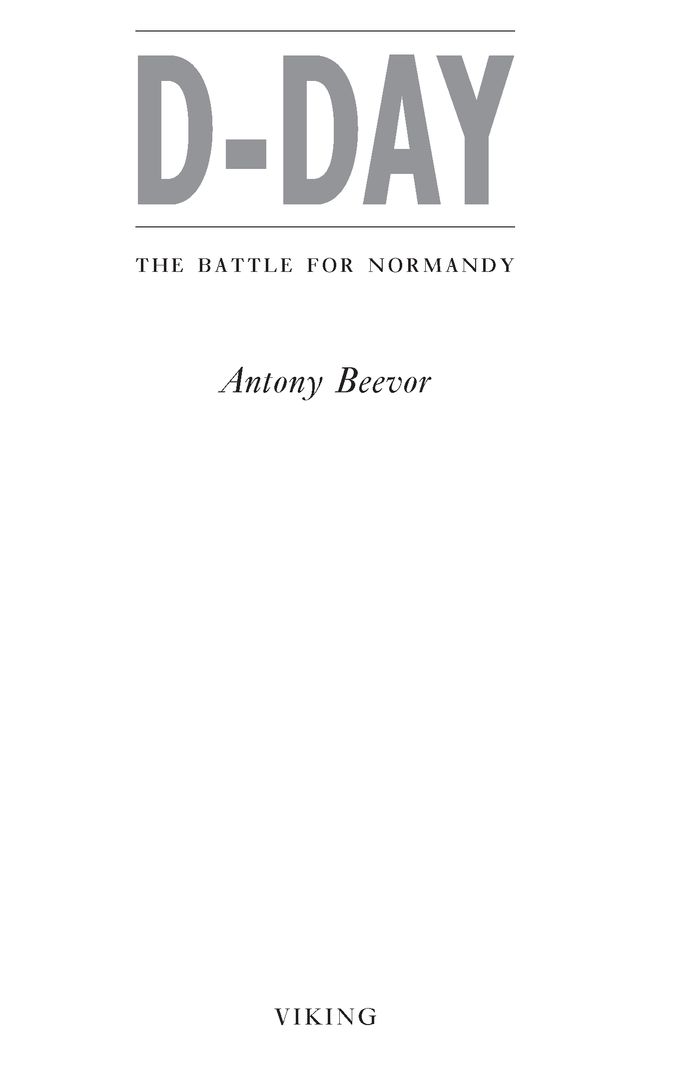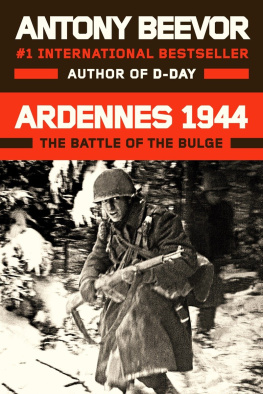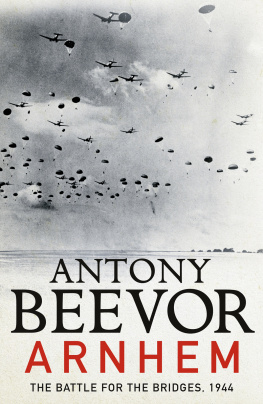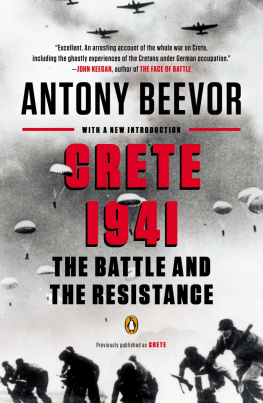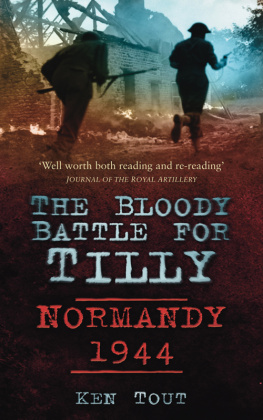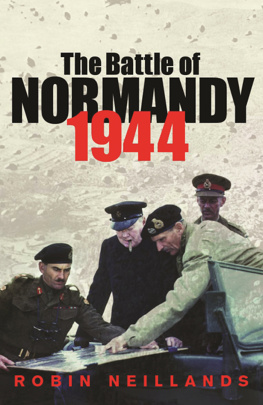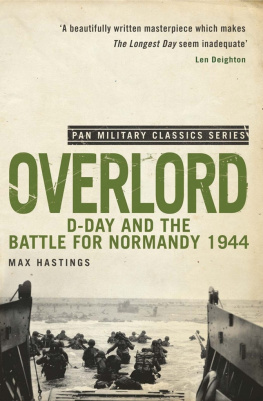Table of Contents
VIKING
Published by the Penguin Group
Penguin Group (USA) Inc., 375 Hudson Street,
New York, New York 10014, U.S.A.
Penguin Group (Canada), 90 Eglinton Avenue East, Suite 700,
Toronto, Ontario, Canada M4P 2Y3
(a division of Pearson Penguin Canada Inc.)
Penguin Books Ltd, 80 Strand, London WC2R 0RL, England
Penguin Ireland, 25 St. Stephens Green, Dublin 2, Ireland
(a division of Penguin Books Ltd)
Penguin Books Australia Ltd, 250 Camberwell Road, Camberwell,
Victoria 3124,Australia
(a division of Pearson Australia Group Pty Ltd)
Penguin Books India Pvt Ltd, 11 Community Centre, Panchsheel Park,
New Delhi - 110 017, India
Penguin Group (NZ), 67 Apollo Drive, Rosedale, North Shore 0632,
New Zealand (a division of Pearson New Zealand Ltd)
Penguin Books (South Africa) (Pty) Ltd, 24 Sturdee Avenue,
Rosebank, Johannesburg 2196, South Africa
Penguin Books Ltd, Registered Offices:
80 Strand, London WC2R 0RL, England
Copyright Ocito Ltd, 2009 All rights reserved
Map illustrations by John Gilkes
Photograph credits appear on pages ix-xi.
eISBN : 978-1-101-14872-3
Without limiting the rights under copyright reserved above, no part of this publication may be reproduced, stored in or introduced into a retrieval system, or transmitted, in any form or by any means (electronic, mechanical, photocopying, recording or otherwise), without the prior written permission of both the copyright owner and the above publisher of this book.
The scanning, uploading, and distribution of this book via the Internet or via any other means without the permission of the publisher is illegal and punishable by law. Please purchase only authorized electronic editions and do not participate in or encourage electronic piracy of copyrightable materials.Your support of the authors rights is appreciated.
http://us.penguingroup.com
The Decision
Southwick House is a large Regency building with a stucco faade and a colonnaded front. At the beginning of June 1944, five miles to the south, Portsmouth naval base and the anchorages beyond were crowded with craft of every size and type - grey warships, transport vessels and hundreds of landing craft, all tethered together. D-Day was scheduled for Monday, 5 June, and loading had already begun.
In peacetime, Southwick could have been the setting for an Agatha Christie house party, but the Royal Navy had taken it over in 1940. Its formerly handsome grounds and the wood behind were now blighted by rows of Nissen huts, tents and cinder paths. Southwick served as the headquarters of Admiral Sir Bertram Ramsay, the naval commander-in-chief for the invasion of Europe, and also as the advanced command post of SHAEF, the Supreme Headquarters Allied Expeditionary Force. Anti-aircraft batteries on the Portsdown ridge were positioned to defend it as well as the dockyards below from the Luftwaffe.
Southern England had been enjoying a heatwave compounded by drought. Temperatures of up to 100 degrees Fahrenheit had been recorded on 29 May, yet the meteorological team attached to General Dwight D. Eisenhowers headquarters soon became uneasy. The group was headed by Dr James Stagg, a tall, lanky Scot with a rather gaunt face and a neat moustache. Stagg, the leading civilian weather expert in the country, had just been given the rank of group captain in the RAF tolend him the necessary authority in a military milieu unused to outsiders.
Since April, Eisenhower had been testing Stagg and his team by demanding three-day forecasts delivered on a Monday which were then checked against the reality later in the week. On Thursday, 1 June, the day before the battleships were due to sail from Scapa Flow off the north-west tip of Scotland, weather stations indicated some deep depressions forming over the North Atlantic. Rough seas in the English Channel could swamp the landing craft, to say nothing of their effect on the soldiers cramped on board. Low cloud and bad visibility presented another great threat, since the landings depended on the ability of the Allied air forces and navies to knock out German coastal batteries and defensive positions. General embarkation for the first wave of 130,000 troops was under way and due to be completed in two days time.
Stagg was plagued by a lack of agreement among the different British and American meteorological departments. They all received the same reports from the weather stations but their analysis of the data simply did not match up. Unable to admit this, he had to tell Major General Harold R. Bull, Eisenhowers assistant chief of staff, that the situation is complex and difficult.
For heavens sake, Stagg, Bull exploded. Get it sorted out by tomorrow morning before you come to the Supreme Commanders conference. General Eisenhower is a very worried man. Stagg returned to his Nissen hut to pore over the charts and consult the other departments yet again.
Eisenhower had other reasons for pre-D-Day jitters. Although outwardly relaxed, with his famous open smile for everyone whatever their rank, he was smoking up to four packs of Camel cigarettes a day. He would light a cigarette, leave it smouldering in an ashtray, jump up, walk around and light another. His nerves were not helped by constant pots of coffee.
Postponing the invasion carried many risks. The 175,000 soldiers in the first two waves risked losing their fighting edge if cooped up in rough weather on their ships and landing craft. The battleships and convoys about to head down British coasts towards the Channel could not be turned round more than once without needing to refuel. And the chances of German reconnaissance aircraft sighting them would increase enormously.
Secrecy had always been the greatest concern. Much of the southern coast was covered with elongated military camps known as sausages, where the invasion troops were supposedly sealed off from contact with the outside world. A number of soldiers had, however, been slipping out under the barbed wire for a last drink at the pub or to see sweethearts and wives. The possibilities of leaks at all levels were innumerable. An American air force general had been sent home in disgrace after indicating the date of Operation Overlord at a cocktail party in Claridges. Now a fear arose that the absence from Fleet Street of British journalists called forward to accompany the invasion force might be noticed.
Everyone in Britain knew that D-Day was imminent, and so did the Germans, but the enemy had to be prevented from knowing where and exactly when. Censorship had been imposed on the communications of foreign diplomats from 17 April, and movement in and out of the country strictly controlled. Fortunately, the British security service had captured all German agents in Britain. Most of them had been turned to send back misleading information to their controllers. This Double Cross system, supervised by the XX Committee, was designed to produce a great deal of confusing noise as a key part of Plan Fortitude. Fortitude was the most ambitious deception in the history of warfare, a project even greater than the maskirovka then being prepared by the Red Army to conceal the true target of Operation Bagration, Stalins summer offensive to encircle and smash the Wehrmachts Army Group Centre in Belorussia.
Plan Fortitude had several aspects. Fortitude North, with fake formations in Scotland based on a Fourth British Army, pretended to prepare an attack on Norway to keep German divisions there. Fortitude South, the main effort, set out to convince the Germans that any landings in Normandy were a large-scale diversion to draw German reserves away from the Pas-de-Calais. The real invasion was supposedly to come between Boulogne and the Somme estuary during the second half of July. A notional 1st US Army Group under General George S. Patton Jr, the commander the Germans feared the most, boasted eleven divisions in south-east England. Dummy aircraft and inflatable tanks, together with 250 fake landing ships, all contributed to the illusion. Invented formations, such as a 2nd British Airborne Division, had been created alongside some real ones. To increase the illusion, two fake corps headquarters also maintained a constant radio traffic.

